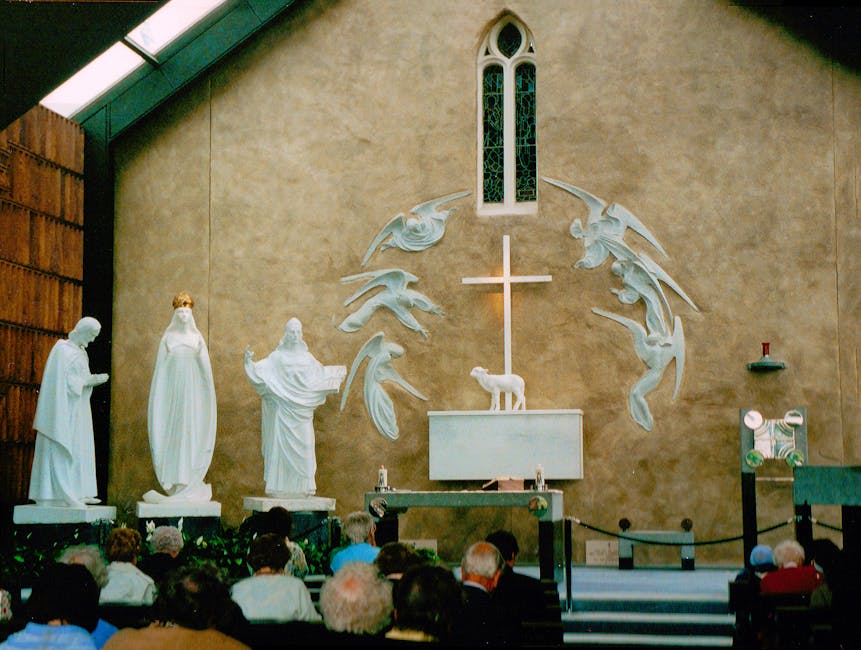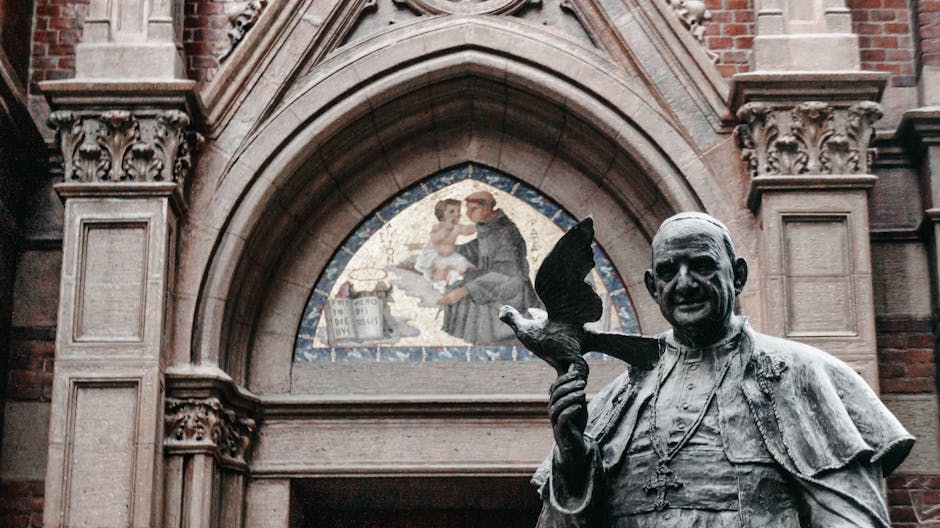In the shadowy corridors of medieval monasteries, long before corporate social responsibility became a buzzword, Catholic monks were perfecting what might be considered the world’s first sustainable business model with a conscience. The Catholic charitable business model isn’t merely a dusty relic of ecclesiastical history—it’s a living economic philosophy that continues to shape organizations worldwide, balancing profit with purpose in ways that modern entrepreneurs are only beginning to rediscover.
Ancient Wisdom for Modern Markets
Imagine Brother Bartholomew, a 12th-century Benedictine monk, carefully tending to his monastery’s vineyard. He isn’t simply making wine—he’s participating in a complex economic ecosystem designed to sustain the monastery while serving the surrounding community. The monastery’s business operations—from agriculture to manuscript production—weren’t just means of financial survival but vehicles for their higher calling.
“Ora et labora”—pray and work—wasn’t merely a monastic slogan but the foundation of a business philosophy that saw economic activity as inherently sacred when directed toward the common good. The Cistercians, often called the “entrepreneurs of the Middle Ages,” established agricultural innovations and water-powered technologies that transformed European economies while maintaining their commitment to serving the poor.
The Three-Pillar Foundation
The Catholic charitable business model rests on three distinct pillars that differentiate it from purely profit-driven approaches:
First, there’s the principle of subsidiarity—the idea that matters should be handled by the smallest, lowest, or least centralized competent authority. Catholic charities and businesses operate with the understanding that those closest to communities often know best how to serve them.
Second stands the commitment to solidarity—recognizing our interconnectedness and responsibility toward one another. This manifests in fair labor practices and prioritizing human dignity over maximum profit extraction.
The third pillar, stewardship, views resources not as possessions to be exploited but as gifts to be managed responsibly for future generations. Long before environmental sustainability became fashionable, Catholic institutions were practicing careful resource management as a moral imperative.
From Medieval Monasteries to Modern Marketplaces
Walk through the doors of a modern Catholic hospital network like Ascension or Providence Health, and you’ll find sophisticated healthcare businesses that generate billions in revenue while providing millions in charity care. These aren’t accidental hybrids but direct descendants of the medieval hospital orders.
Catholic Relief Services operates with the efficiency of a Fortune 500 company while distributing aid globally. Notre Dame Federal Credit Union functions as a competitive financial institution while adhering to Catholic social principles in its lending practices.
The Mondragon Corporation in Spain, while not officially Catholic, draws heavily from Catholic social teaching in its worker-owned cooperative structure that employs over 80,000 people—proving that ethics and economics need not be adversaries.
The Challenging Balance
The path hasn’t been without its stumbles. In 2012, when Catholic Charities USA faced criticism for accepting government funding that some argued compromised its religious identity, the organization found itself navigating the age-old tension between mission and means.
“The challenge,” as Sister Margaret Mary, a Franciscan administrator I met while researching this article told me, “is maintaining the soul of our work while meeting the practical demands of operating in a modern economy. We constantly ask ourselves: would St. Francis recognize what we’re doing as an extension of his mission?”
The Competitive Advantage of Compassion
Perhaps surprisingly, the Catholic charitable model often creates sustainable competitive advantages. Studies show that organizations with clearly defined social missions typically enjoy higher employee retention, stronger community support, and greater resilience during economic downturns.
Take Georgetown University—a Jesuit institution that competes at the highest levels of academia while maintaining its distinctive mission. Its commitment to “cura personalis” (care for the whole person) doesn’t diminish its educational quality but enhances it, creating graduates who bring both technical expertise and ethical frameworks to their careers.
A Model for the Future?
As we witness growing disillusionment with unchecked capitalism and increasing demand for businesses that balance profit with purpose, the Catholic charitable business model offers insights that transcend religious boundaries.
The monasteries that survived centuries of war, plague, and political upheaval did so not by maximizing short-term gains but by building institutions designed to serve generations yet unborn. In an age of quarterly earnings and rapid disruption, this ancient wisdom feels surprisingly revolutionary.
Whether you run a neighborhood bakery or a multinational corporation, there’s something profound to be learned from organizations that have spent centuries asking not just “Is this profitable?” but “Does this serve our deeper purpose?” The answer, it seems, might determine which of today’s businesses become tomorrow’s enduring institutions.




